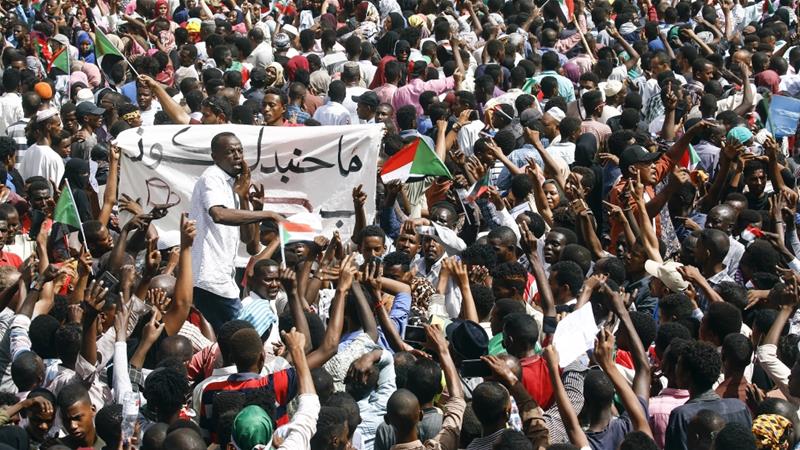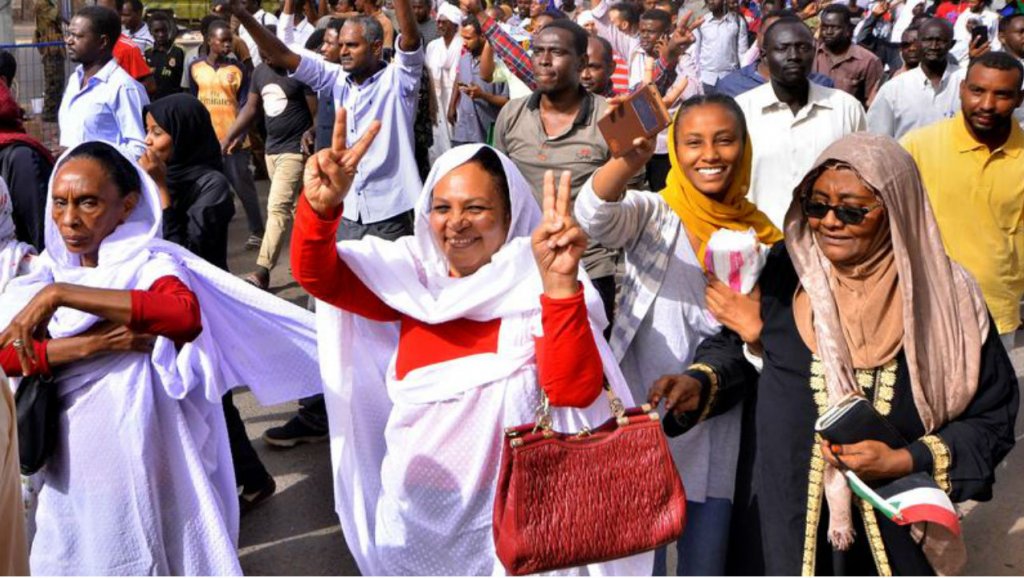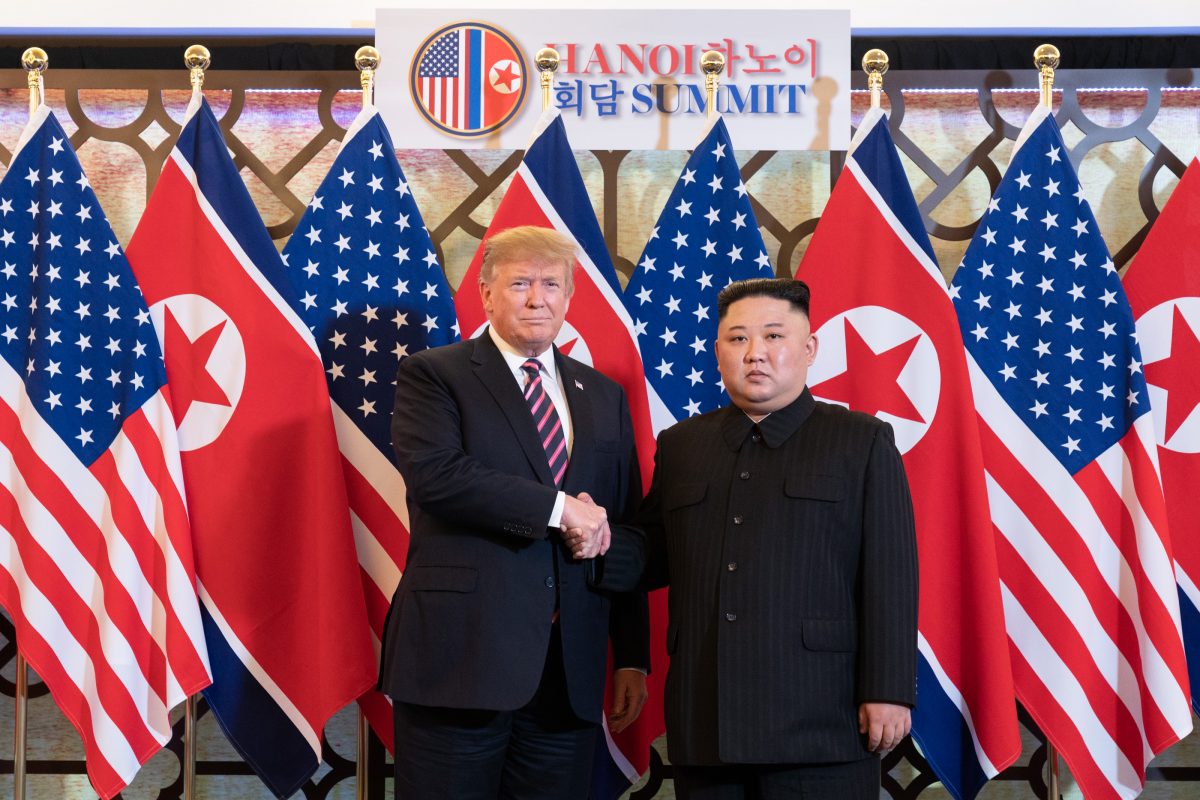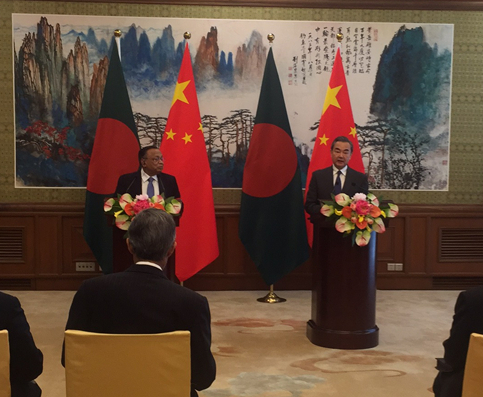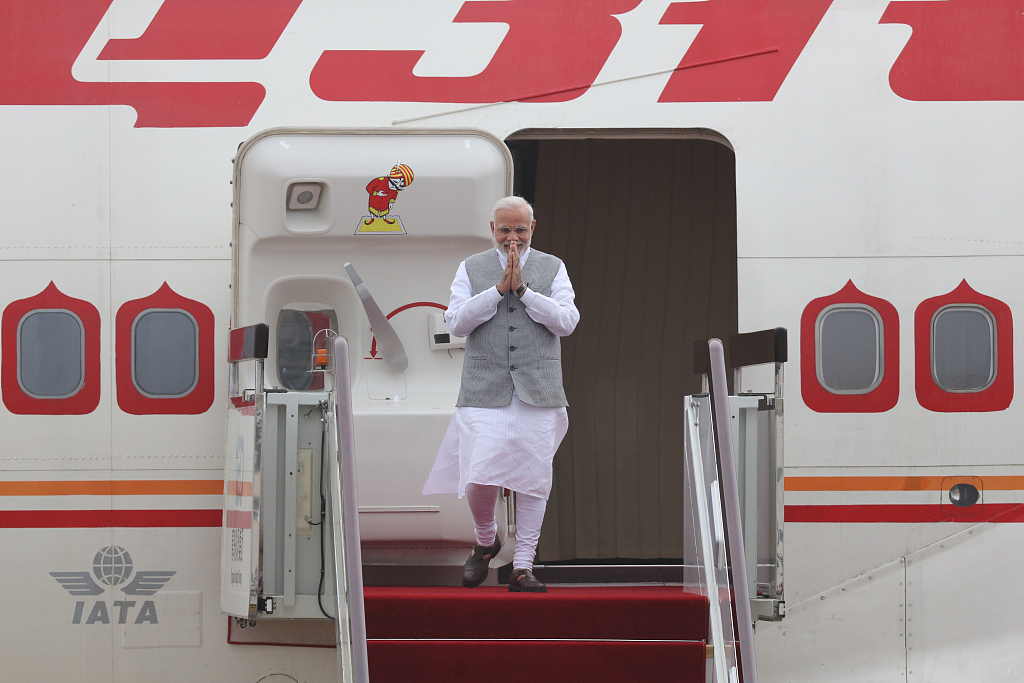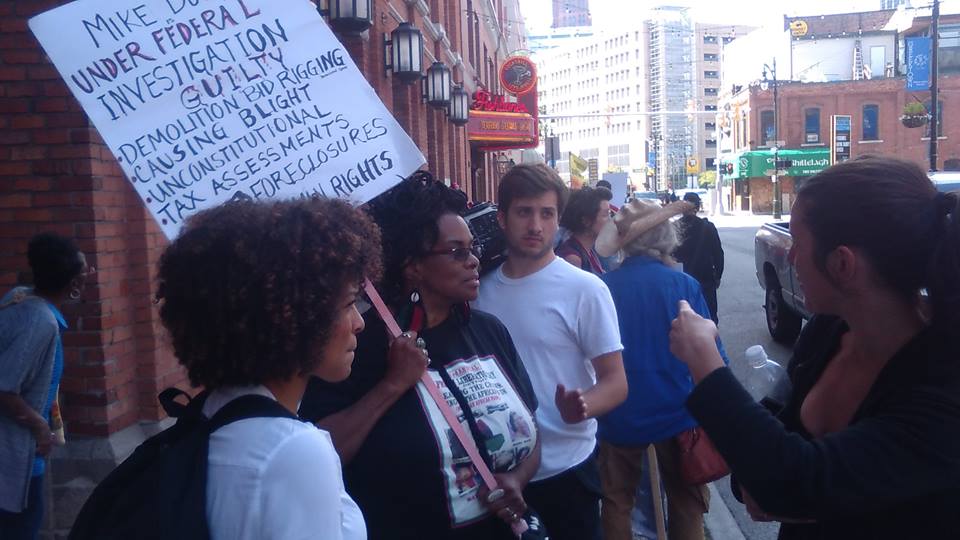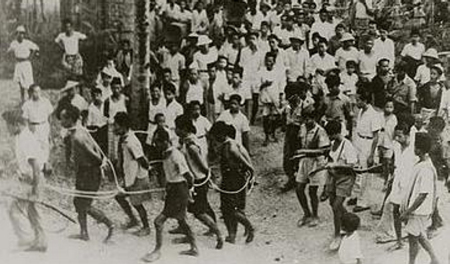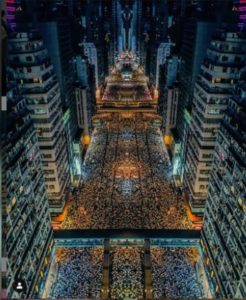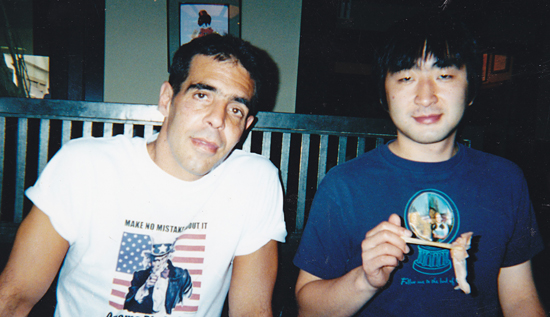“It made no difference which Palestinians we killed… They either were terrorists or would become terrorists or they gave birth to terrorists.” – former IDF commander, Rafael “ Raful” Eitan.
Spies, Femme fatale, deadly plots, killings, bombs, knives, guns, and an array of unique murderous weaponry that would make James Bond and “Q” envious. All this, combined with dozens of unapologetic and brutal cloak and dagger assassinations in foreign locales worldwide? Sounds like the makings of a great spy thriller.
Indeed. But, despite decades of Israeli denial… this story is true.
Ronen Bergman’s book, “Rise and Kill First,” was released in late 2018 to what, considering the inflammatory subject, was relatively little fanfare. While this might seem surprising, on reading this important chronological documentary of the inception and development of Israel’s worldwide assassination program it becomes clear that this book does provide a unique, very detailed and accurate history of Israel’s hundreds of extrajudicial killings over the past fifty plus years.
However, when read with just the right eyes, other far more important and separate timelines of history appear within the book to the reader already wary of the definition and rise of modern Zionism. Of these other unmentioned chronologies within the 530 pages, the author fails miserably in connecting these dots of his own excellent, but thus too superficial, presentation of fact.
What this book does more importantly reveal is a multi-faceted unmasking of Israel’s steady descent from the moral to the immoral tactics of war; the myth that it’s past Prime Ministers were not also barbaric terrorists and sacrosanct; the ongoing descent of other world leaders willing to give up their own conscience into the same mental abyss; the ever-increasing control of Israel over the minds of the American military, the CIA , its media and its politicians; and that Israel has never truly embraced peace as a foreign policy, preferring war and genocide instead.
Worse, “Rise and Kill First” reveals the true mind of the modern Israeli that has been infected by the rise of orthodox Jewish Likud party: An aberration of conscience that has no value for non-Jewish life worldwide whatsoever in its pursuit of its singular goal: Greater Israel.
***
“If someone comes to kill you, rise up and kill him first!” – The Babylonian Talmud.
“An eye for an eye, a tooth for a tooth” has been embraced in the routine alternative to turning the other cheek by Israel as foreign policy since its inception. This implies violent retaliation and retribution. But this book, when taken in totality, more accurately redefines this age-old Israeli mantra to its current Zionist definition, “Rise-up and kill first!”
The author’s failures in connecting the dots of his own excellently researched chronology are what makes this book a must-read. For observers of Israeli / Zionist hegemony of territory- and of mind- what Ronen omits are the many other chronologies that well illustrate, by his own documentation, why Israeli Zionism is indeed a threat that must be vanquished. These connections are obvious, yet omitted.
We need not wonder why.
In documenting Israel’s unknown – and always denied- program of targeted killings, Ronen’s work appears exceptional. What he presents is the result of seven years of his ongoing interviews of the scores of military and later political players who were the controllers of this seventy-five-year history of Israeli military development of domination and increased hegemony by assassination. The chronology begins with the killing of Tom Wilkin as far back as 1944 because of his role in very effectively infiltrating and disrupting the Jewish underground in Palestine as it forced the way for eventual Israel. At that time long ago before Zionism prevailed in establishing for the first time a Jewish nation, the assassination was not yet a sanctified national military program. That would change.
While the reader must take the details as presented since independent corroboration from these witnesses is nigh on impossible, the book is extensively footnoted and on very few occasions does Ronen fail to directly identify the names of his sources which he professionally cross-references against each other for validity. The credibility of the facts he presents seems evident.
His prima facie chronology of a book is a rollicking ride. Ronen is a good storyteller and he takes the reader through the details of the book from killing after killing and the planning and execution of each orchestrated plot. Loaded with salacious details aplenty, the author uses dozens of case studies from past Israeli hits to show the ongoing development and inception of the many new Israeli military and intelligence services, ongoing improvement in the tactics of the kill and the year-by-year increase in the willingness of Israel and its leaders to kill beyond their own borders while ever descending from the existing human conscience. His subject well in hand, Ronen treats the reader to a real page-turner of a spy novel.
The book picks up the modern era of Zionist expansion and assassination as WWII draws to a close with the Nuremberg trials and the flight of Nazi war criminals to other countries. Retribution is the key to these many stories as Israeli operatives systematically track down and arrest or kill those they accuse, such as Adolf Eichmann in Buenos Aires, Argentina.
As is the case with most books from Israeli authors on the subject of Israel, Ronen falls too conveniently upon the hyperbole of the Holocaust as reason for this initial killing and rendition program, but without proper examination. These killings first occur during the inception of the post-war development of Israel, the fact of which Ronen is far too brief and equally serving of the Israeli narratives since the historical slaughter and expropriation of Palestinians is glossed over.
As the author proceeds with his chronology, the reader is treated to a very fine and detailed description of many such major world events like the Munich Olympics kidnappings of 1972, the raid on Entebbe, Uganda and many, many more. Ronen does a very good job of cross-referencing the details of these many events with a plethora of interviews and quotes from the operatives directly involved at the time. What he reveals each time is quite likely the best examination of these events so far provided in print. Regarding Munich, he delves in great detail into the full rescue effort that includes the involvement of the German government which was at loggerheads with the Israelis and the IDF in the attempted and failed rescue.
Ronen’s effectiveness and credibility are challenged, however, by his almost constant insistence – by reference- that the Israeli actions he presents are invariably only retaliatory for a specific act of aggression by pro-Palestinian factions against Israelis. Ronen too routinely demonizes the Palestinian and Arab players’ actions and uses them too often as a fait a compli for their own eventual demise while rarely looking at the Israeli atrocity that preceded a Palestinian attack which led to yet another Israeli targeted killing.
During this period of the book, Ronen does a very good job documenting the change in the policy of the Israeli assassinations from executions only within Palestinian territories to the eventual decision to perform these assassinations globally. Ronen, although predominantly showing successful operations, does not shy away from Israel’s many failures as well.
He presents as almost comical the Manchurian Candidate-like attempt to brainwash, month after month, a Palestinian prisoner code-named “Fatkhi,” who is deemed to be mentally susceptible to these techniques and who, it was intended, would next be sent back to Palestine to assassinate PLO president Yasser Arafat. The results of this humorous vignette, after month’s of careful mental revision of the test subject assassin, are that the prisoner is finally freed on Dec. 19, 1969, by allowing him to cross the Jordan river. Due to equally poor planning, is swept down river and left clinging to a mid-river rock. When finally making it to shore Fatkhi immediately runs to the PLO police headquarters and then informs Arafat of all that he had endured at Israeli hands during his nine months of obviously unsuccessful programming.
When it comes to Arafat, the book shows the absolute hatred of Israel towards him personally due to his effectiveness as PLO chairman, a hatred that grows almost maniacally in the hearts of every Prime Minister and IDF commander as Arafat, again and again, evades their seemingly well planned and very numerous attempts to bump him off. This hatred is only made worse by the rising worldwide respect for Arafat and the PLO cause after each failed attempt.
It is at this stage in the book that beyond the demand for Arafat’s blood Israel crosses the mental Rubicon from respect for human life- other than the target- to allowing for and condoning the innocent to also be killed as a matter of convenience to each plot. The assassinations of a foreign scientist involved in the burgeoning nuclear programs in Iraq, Iran and Egypt began this slope downward.
Although Ronen fails to bring this point to the reader’s attention, he unwittingly documents in exceptional detail this change in conscience and therefore terror tactics which he best illustrates in the example of the Ashkelon murders.
***
“I do not remember an event of similar gravity in the history of the state of Israel” – Yehudit Karp, Israeli Deputy Attorney General for special duties
In understanding the change of the Israeli military and political mind towards that of proactive and routine utilization of terror by assassination, the Ashkelon affair is a seminal point in the book. This connection should not have been overlooked by Ronen; for what this case actually meant to subsequent Israeli war tactics was a complete change in morals of its leaders and that this change would devolve within leaders in other countries as well, particularly America.
On April 12, 1984, four Palestinian youths, three of whom were teenagers- the other twenty years of age- hijacked a bus heading en route from Tel Aviv to Ashkelon with forty Israelis aboard. Taking the passengers hostage with one knife and a fake bomb made of an old suitcase with wires dangling out from its seams for effect, they intended to get the bus to Palestine and next negotiate the release of 500 Palestinian prisoners held in Israeli jails.
When IDF troops eventually disabled the bus a stand-off ensues and negotiations for surrender begin with optimism for a peaceful resolution since, as future PM, Ehud Barak, who was on scene at the time assessed, “the hijackers would [likely] agree to let the hostages go in exchange for a few sandwiches.” But at 4:43 AM Sayeret Matkal (one of the many Israeli military factions) soldiers open fire killing two of the hijackers immediately and an Israeli woman instead.
Apprehended, the two remaining Palestinians are taken by Shin Bet (Israeli Intelligence Service similar to the American CIA) operatives under direction of the infamous Avraham (Avrum) Shalom, the longtime head of Shin Bet who, as Ronen showcases during previous killings, is a man predisposed of secretly sanctioned powers to kill with impunity and without authorization. As Ronen quotes Yuval Diskin, an eventual Shin Bet chief, “ We feared him… He was a strong man, brutal, clever, very stubborn, uncompromising, a real ass kicker.”
And so, since Shalom was not in favor of live terrorists being tried in court, hours later after first ordering the two Palestinians moved away from witnesses to a dank Shin Bet interrogation basement cell, next he allows/orders the soldiers transporting them to stop by the roadside en route and bludgeon them to death with rocks and iron bars to make it look like Israeli settlers had performed a different vendetta.
Then Shalom relaxes, safe in the knowledge that his personal barbarity was sanctioned from the top all the way to then PM Yitzhak Shamir, who had formerly been in charge of the same killing unit when so many innocent foreign scientist were put to death-secretly- at his whim as well. This was confirmed by Carmi Gillon, head of Shin Bet in the ’90s who assessed, “…he [Shalom] felt as if he could do whatever he wanted to do.” Within this subject, Ronen exposes the secret killing program know as “Weights” that was created by Shalom. Assesses the author:
“They were officially sanctioned extrajudicial killings, proposed to the head of Shin Bet by his senior commanders, approved by him and then the Prime Minister, first Rabin and then Begin and Shamir.”
What next transpires is what Ronen very accurately refers to as a “coup.” This was Shalom’s government-sanctioned barbarity vs. existing military and civil law: Laws that at that time favoured a proper conscience of man in wartime and therefore respect for human life. When the dust would settle several years later, the rule of law and its strictures would no longer functionally exist. And the mind of the modern Zionist would instead be set free to roam the earth.
Shalom would have, as so many times before escaped scrutiny, except for fate, a very inconvenient camera and that three senior Shit Bet officers would not lower their own moral values in kind.
Israeli press photographer Alex Levac had taken pictures of the arrest of the two remaining live Palestinians and managed to stash the film before being searched by a Birds soldier (another IDF special ops sub-set) for doing so.
When Levac’s final few shots disproved the IDF narrative that all four Palestinians had been killed at the scene of the bus incident, his editor’s at Hadashot tried to go with the story but were hit by IDF censors. However, someone leaked the story to Stern and the NYT along with the photo. When the story blew up, then PM Shamir and Shalom did all they could to stop the subsequent formal inquiry in its tracks.
In preparation for this coup, ten of Shalom’s men and co-conspirators meet in a distant orange grove under the direction of Gen. Yossi Ginosser, to ironically avoid Shin Bet listening devices and surveillance. Here they effect their plan which includes taking down their comrade, Brigadier General Yitzhak Mordechai, a man of impeccable reputation-and a personal friend of Ginnoser- who had commanded the troops at the scene of the bus- as the patsy.
When next Ginosser, with the full knowledge of Shalom, weaves a web of deceit designed to thwart the inquiry, they also seek to shift their crime to Mordechai by testifying that, due to their observations that day it was Mordechai who had given the order to kill the Palestinians. The court conveniently certifies their plot by clearing Shalom and company and next Mordechai is charged with manslaughter in their stead.
But fate then smiles on Mordechai when a military advocate, Menahem Finkelstein, who was on the first inquiry panel subsequently is involved in the decision on whether Mordechai is to be indicted for manslaughter, notices many inconsistencies in testimony and facts. Despite this, Shin Bet and the Justice Ministry insist- for obvious reasons- that Mordechai be prosecuted. Thanks to Finkelstein, however, Mordechai is, after being indicted, finally acquitted.
If this had been the end of the story it would have been relatively insignificant. But, during this lengthy saga three senior Shit Bet officials including Reuven Hazak,(Ronen does not name the other two) who was already tapped as Shalom’s successor to head the IDF, were having trouble sleeping. They concluded that justice would only be served by the collective resignations of all the conspirators including Shalom.
Shalom refuses and Hazak next goes directly to then PM Shimon Peres, who had replaced Shamir a year before. What Hazak does not know is that Shalom had already launched a preemptive strike of his own with Perez, who, after placating Hazak, next allows Shalom to sack all three whistleblowers. As the author notes:
“They departed in disgrace from the service they had given their lives to, estranged from their colleagues, who were given to believe that they were traitors.”
However, the three are undaunted, collectively showing up unannounced in the dead of night to the office of Israel’s Attorney General, Yitzhak Zamir, whom himself has previously signed off on many an Israeli hit. After spilling their guts for many hours about the true story of the Palestinians of Ashkelon and the frame-up of Mordechai, Deputy attorney general Yehudit Karp years later recalled to Ronen:
“ I felt as if the sky had fallen. It is not possible to exaggerate what happened there. It was a gross undermining of the rule of law and corruption of all the systems. I do not remember an event of similar gravity in the history of the State of Israel.”
When Attorney General Zamir immediately calls for a new inquiry and Israel police launched a second concurrent investigation, Shalom refuses to yield. He and his other Shit Bet conspirators next begin direct intimidation of their own against Israel Judicial officials that was so extreme that Attorney General Zamir and others within the prosecution were assigned 24-hour police protection. From Shin Bet!
Shalom and company now appear to be cornered on all sides with the power of the full Justice Ministry now steaming directly at them. But Shalom has one last card to play. A trump card as it turned out.
Shalom, Ginosser and the others involved produce what Ginosser termed, The Skulls Dossier: A list of the secret and never revealed skeletons in the closet of not only the Shit Bet and Weights but, worse, of the former leaders who became Israeli Prime Ministers themselves afterwards. Ronen sums up:
“ In reality, it was pure blackmail, an implicit threat that if Shalom and his allies were indicted, they would take others with them, including Prime Ministers.”
The denouement of this end to the power of the civilian Israel courts over the military came quickly in a final move by former PM Shamir (who had full knowledge of the plot ), then current PM Shimon Peres (who had approved Shalom’s plot) and future PM Yitzhak Rabin who was at the time defense minister. They convince then Israeli president Chaim Herzog to hand down “all-encompassing pardons to the implicated Shit bet personnel, covering all proceedings against them. Eleven men were thus exonerated before they’d even been indicted.”
When challenged by the media about his own complicity in covering up the Ashkelon affair and covert operations Herzog was unabashed, stating, “That way [a trial] perhaps sixty to eighty affairs from the past would have emerged. Would that have been good for the country?”
As of this last day of the Ashkelon affair, Israeli respect for law, morality and the proper conscience of man would begin its steady descent towards the gates of hell where the souls of men like Shalom, Shamir, Begin and Netanyahu and their other Zionist ilk still seek mental refuge today.
***
“The attacks on 9/11 gave our own war international legitimacy. We were able to completely untie the ropes that had bound us.”– Shin Bet chief, Yuval Diskin.
While the aforementioned brief synopsis of the Ashkelon Affair does not do justice to Ronen’s much better and very detailed and footnoted portrayal, it is this parable that shows the inherent value of “Rise and Kill First” that is not garnered at the hands of the author. For, to the Ziologist- those predisposed to understanding the post-1967 worldwide threat of Israeli inspired Zionism- this one parable should ring true as a much too close parallel to what we see in today’s Israel and it’s American vassal.
Few observers of current American foreign policy would argue against the premise that its operations are today controlled by the Zionist elements on the rise in Israel due to a directly proportional rise of the Jewish orthodox influenced Likud Party. What is also important to note is that the Ashkelon affair took place more than thirty-five years ago: Before America eventually followed this example in lock-step.
It would, thus, be easy to substitute the names Bolton, Pompeo or Abrams for that of Shalom, or that of Chelsea Manning, Julian Assange or William Binney for the three Shin Bet officers who also took a moral stand that was brutally put down by a Zionist mentality revolted by inconvenient truth and the demands of correct conscience. It would also be easy to substitute the CIA for Shin Bet as the likely leaders of American extrajudicial killings currently sanctioned worldwide by an administration whose cajones are obviously in the fists of a Zionist controlled cadre transplanted into Langley, VA.
But should the reader of this review not yet see the value of this book as the narration of a chronology and history of the ongoing and increasing control over foreign and American governments alike, perhaps Ronen’s documentation of Israel’s “Red Pages” might help with one’s proper epiphany.
Red Pages are the death sentences for extrajudicial killings, once signed by Israeli Prime Ministers prior to the assassination of the victim. This began more than fifty years ago. Readers capable of objective historical understanding of the Obama administration should well know that is was during this time in American history that America followed the Israeli model and began the Tuesday Morning Briefings where, under America’s Nubian president in black-face, American foreign policy succumbed to CIA pressure and to the Zionist military business model wholesale and began allowing the extrajudicial killings of anyone offered up weekly for sacrifice by the CIA, including the innocent… and American citizens as well.
Within the book we follow these many Red Pages- named for the color of the document- as they morph from close civilian scrutiny within established law, to Israel changing the law for convenience in John Woo fashion under Bush II and eventually signing the equivalent Red Pages each week in secret in Washington and without concern whatsoever for Law or conscience. Or US judicial oversight.
The use of Red Pages by Israel began under Golda Meir who had already approved many assassinations and was predisposed to do the same to Black September leader Mahmoud Hamshari. Meir, however, was uncomfortable shouldering full responsibility and instead convened a panel of civilian leaders to formally approve the Red Page. At this time in history, the early ’70s, Israel had just begun assassinations outside of Israel, Palestine and Lebanon, but was not willing to hurt the innocent in the crossfire. As Meir told Mike Harari, former Mossad boss, before approving the hit, which would see Hamshari taken out in France, “be sure not a hair falls from the head of a French citizen.”
But by 1977, Israel under PM Menachem Begin saw him merely signing off all Red Page requests without reservation or committee and upon request and “ Begin signed off on operations face-to-face, without a stenographer and without his military aid.”
In 1983 Israel next began approving targeted killings of foreign diplomats. First to go down was Iranian ambassador to Syria, Ali Akbar Mohtashamipur. At this point, targeted killing was routinely justified to stop likely future terrorist acts or as the Israelis called it, “negative treatment.” Still, these had to be approved at the highest level, but this proved far too restrictive to developing Israeli tactics. The next step was to re-brand the killings as an “interception” which conveniently no longer required authorization from the PM. As Ronen quotes a Northern Command officer,
“ …a precedent was created by which an assassination operation was called something else… in order to enable a lower echelon to approve it. Killing a man no longer required the prime minister’s approval.”
A different precedent was also created at the same time: that of killing retroactively as well as proactively.
By the time the US began using drones for its own targeted killings Israel- the first to use drones for this purpose had been doing so for years with a precursor drone program of its own. Here the Red Page definition for approval was further lowered. Using the new term, “illegal combatant” the forerunner of Donald Rumsfeld infamous, “enemy combatant,” after protracted debate the Israeli judiciary sided with the military in broadening the right to kill the innocent. As Ronen points out after laying out the details:
“The term allowed [killing]anyone active in a terrorist organization; even if his activity was marginal… he could be considered as a combatant-even when asleep in his bed-unlike a soldier on leave who had taken off his uniform.”
The culmination of this step-by-step decline in the value for human life was best exemplified in Ronen’s description of the killing of Hamas political leader, Mahmoud al-Zahar. He was not considered to be an imminent threat and was, as described by Israeli General Giora Eiland ” an elderly, pitiable, half-blind cripple in a wheelchair.” Further advanced planning predicted that the operation to kill al-Zahar ” would have implications as far as hurting uninvolved persons…”
Ariel Sharon, who as detailed repeatedly in the book is the embodiment of the barbaric tactics within the modern Zionist soul, approves the killing in an operation titled, ” Picking Anemones.”
The result is that al- Zahar dies from a hell Fire missile fired through his apartment window and many men women and children in the building join him in the rubble of what is left of Israel’s former allusion of adherence to humanity.
***
As Ronen takes the reader through the decades, what becomes clear, besides Israel’s descent from conscience, is the effect this full chronology has had on the world, particularly America. A single footnote on page 702 reveals the tight editorial control that likely allowed for the publishing of his book only by deliberate omission of the obvious connections, but also unwelcome facts. Following an interview with General Giora Eiland who assessed correctly, “The American approach to targeted killings has changed from one end to the other,” he follows up by quoting former US Home Land Security boss Michael Chertoff, who adds, regarding American targeted killings worldwide, ” I think they are very much better than non-targeted killings.”
But the many connections missed by Ronen but showcased non-the-less in his book go beyond his detailed story of the ongoing military take over of Israel judiciary and political institutions and the ever-changing definitions of Red Pages and therefore the value of human life.
For the Ziologist interested in adding Ronen’s history to his memory texts, one will also find within a similar descent of other world leaders and the United Nations; the rise of the Likud party under the influence of Jewish orthodoxy as spearhead to these changes; the rolling over of the media against examining Israeli atrocities; the steady insertion of ” dual loyalty” Zionists into the intelligence services of America, Britain, France and Europe; and Israel’s eventual utter disregard for world opinion and outrage primarily because of its infection into the aforementioned facet of world society.
Although Ronen fails, again and again, to make these connections, his excellent research, interviews and cross-referencing within the scores of assassinations he documents make these connections, however, irrefutable. This leaves the Ziologist -or the casually concerned reader of Israeli modern history- to draw one encompassing conclusion: Israeli Zionism is the singular cancer that has been forcefully injected into the minds of world leaders across the globe; a cancer that these similarly affected leaders would wantonly force upon what little remains of the moral, civilized and correct conscience of man.
Ronen failed to make any of these many and all too obvious connections. If he had, the book would have been a bombshell.
His failures are also why the reader has not likely heard of his book, and… why it managed to be published at all.
Brett Redmayne-Titley has published over 180 in-depth articles over the past ten years for news agencies worldwide. Many have been translated and republished. On-scene reporting from important current events has been an emphasis that has led to his many multi-part exposes on such topics as the Trans-Pacific Partnership negotiations, NATO summit, Keystone XL Pipeline, Porter Ranch Methane blow-out, Hizbullah in Lebanon, Erdogan’s Turkey and many more. He can be reached at: live-on-scene ((at)) gmx.com. Prior articles can be viewed at his archive.




